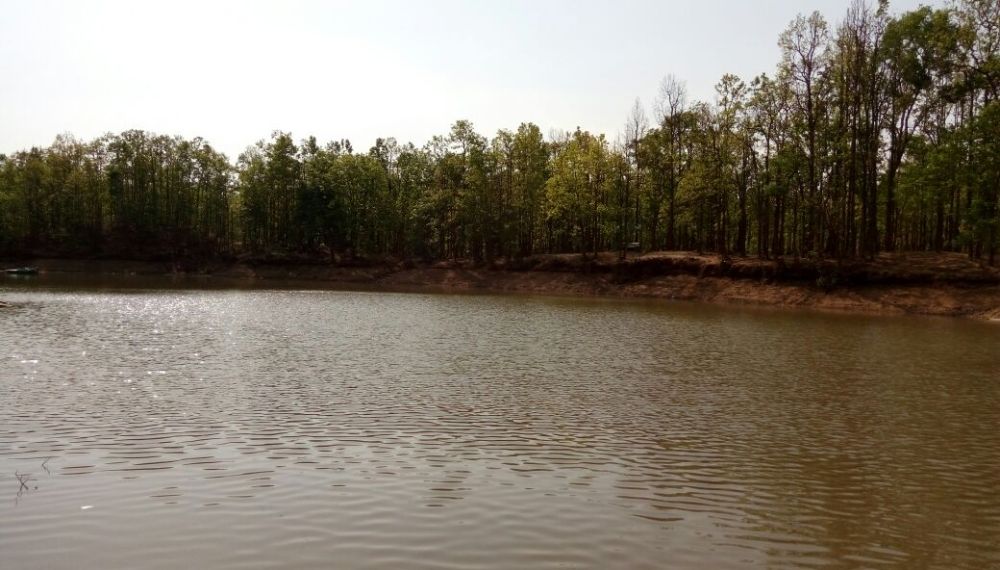

Nestled in the picturesque landscape of Jharkhand, Hazaribagh National Park has long been a testament to India's natural wealth and biodiversity. Known for its scenic beauty, dense forests, and diverse wildlife, Hazaribagh has attracted nature enthusiasts and wildlife photographers from around the world. The history of tourism at Hazaribagh National Park dates back several decades, intertwining with the country's growing recognition of the need for conservation and sustainable tourism.
The transition of Hazaribagh from a mere wilderness area to a national park in 1954 marked the inception of formal tourism in the region. The primary motive at the time was to offer visitors an escape into the wild, while ensuring the protection of its inhabitants. Despite the lack of sophisticated facilities in the early years, the park's natural beauty made it a favorite among those seeking tranquility away from the bust of urban life.
During the 1970s and 1980s, as awareness about wildlife conservation grew, Hazaribagh National Park saw a spike in the number of tourists. These years were marked by the rise of wildlife tourism, with people increasingly interested in safaris and animal sightings. This era also saw infrastructural development within and around the park, making it more accessible to tourists.
However, the increase in tourism also brought about challenges related to conservation and environmental impact. Concerns over habitat destruction and the wellbeing of the park's wildlife led to stricter regulations and the implementation of more sustainable tourism practices. This was seen as an essential step to balance tourism with ecological preservation.
With the turn of the century, tourism at Hazaribagh National Park has witnessed a shift towards more responsible travel. Modern trends in tourism within the park emphasize eco-friendly accommodations, guided tours that respect wildlife, and educational programs about the importance of conservation.
In recent times, Hazaribagh National Park has seen a collaborative approach to tourism, integrating the local communities in tourism-related activities and ensuring their livelihood is also benefited. This community-based tourism has led to a more authentic and immersive experience for visitors. Digital technology has also played a significant role in shaping modern tourism trends. With online platforms offering virtual tours and advance bookings for safaris, accessibility to information and planning a visit to Hazaribagh has been simplified for potential tourists. Furthermore, an increased focus on health and safety, especially post the global pandemic, ensures tourists feel safer visiting the park.
In conclusion, the journey of tourism at Hazaribagh National Park is one of endurance and evolution. With a strong commitment to conservation and sustainable practices, the park continues to enchant visitors, offering them a chance to witness the beauty of India's natural heritage while ensuring its preservation for future generations.